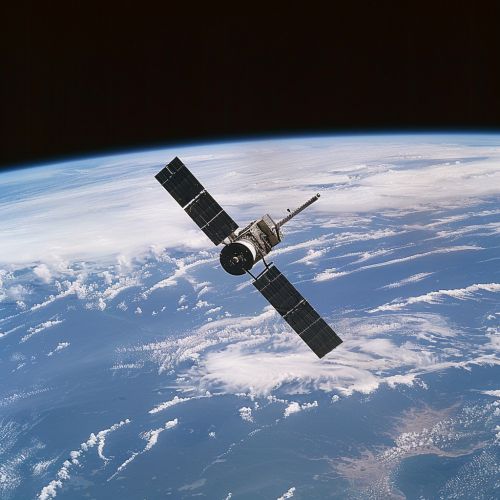Sentinel-5
Overview
The Sentinel-5 is part of the European Space Agency's (ESA) Copernicus Programme, dedicated to monitoring our atmosphere. The mission aims to provide data on various atmospheric components, including greenhouse gases, aerosols, and trace gases. The Sentinel-5 mission is a significant step forward in monitoring and understanding the state of Earth's atmosphere, contributing to climate research, air quality forecasts, and the tracking of volcanic ash.


Mission Objectives
The primary objective of the Sentinel-5 mission is to monitor the composition of the Earth's atmosphere. The data collected by the satellite will be used to study and understand the many processes that occur in the Earth's atmosphere, including those related to climate change and air quality. The mission also aims to provide long-term, consistent, and accurate data on atmospheric composition, which is crucial for the development of policies and strategies related to climate change and air quality management.
Satellite Design
The Sentinel-5 satellite is designed to be highly efficient and reliable. It is equipped with a state-of-the-art spectrometer, which measures sunlight that has been absorbed, reflected, or scattered by the Earth's atmosphere. The data collected by the spectrometer is then used to determine the concentration of various atmospheric components.
Data Collection and Analysis
The Sentinel-5 mission collects data on a wide range of atmospheric components, including greenhouse gases such as carbon dioxide and methane, aerosols, and trace gases such as nitrogen dioxide, ozone, and formaldehyde. The data is collected on a daily basis, providing a comprehensive and detailed view of the state of the Earth's atmosphere.
The data collected by the Sentinel-5 mission is analyzed by scientists to study and understand the various processes that occur in the Earth's atmosphere. The data is also used to develop and improve models of the Earth's climate system, which are crucial for predicting future changes in the Earth's climate.
Impact and Applications
The data collected by the Sentinel-5 mission has a wide range of applications. It is used in climate research, air quality forecasts, and the tracking of volcanic ash. The data is also used to monitor and assess the impact of human activities on the Earth's atmosphere, such as the emission of greenhouse gases and air pollutants.
The Sentinel-5 mission also contributes to the development of policies and strategies related to climate change and air quality management. The data provided by the mission is crucial for policymakers and decision-makers, as it provides them with accurate and reliable information on the state of the Earth's atmosphere.
Future Developments
The Sentinel-5 mission is a long-term mission, and it is expected to continue to provide valuable data on the Earth's atmosphere for many years to come. Future developments may include the launch of additional satellites to enhance the mission's data collection capabilities, as well as the development of new technologies and methods for analyzing the data collected by the mission.
